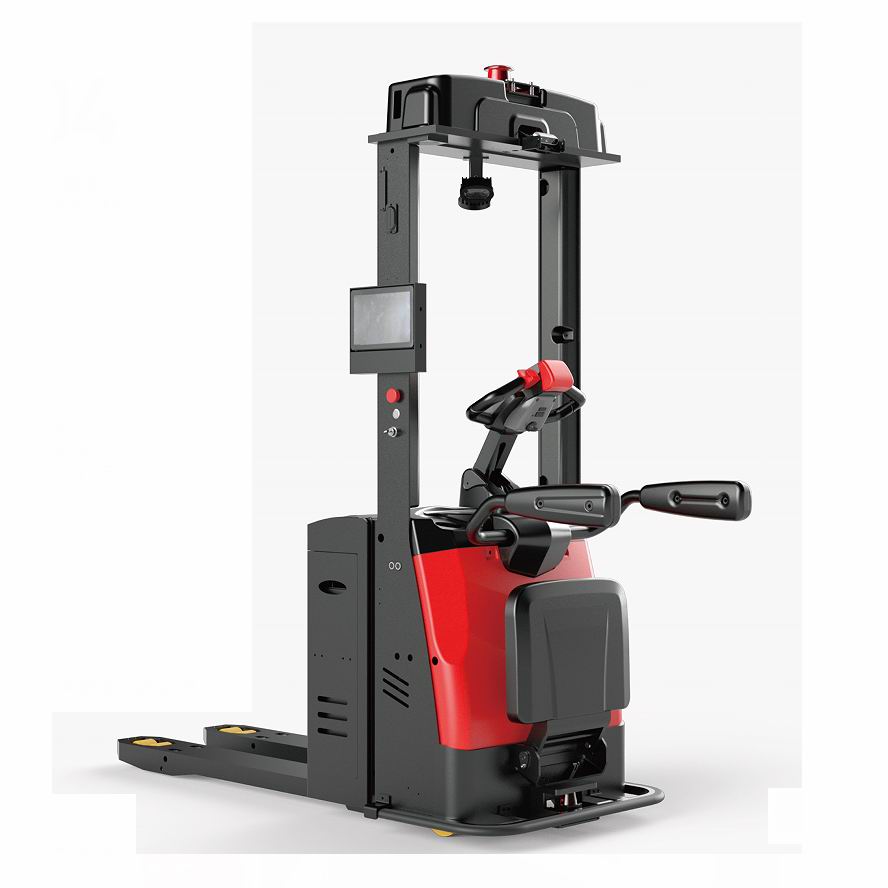A major breakthrough in the development of stainless steel materials
On the 21st, the ITER project is a large-scale international thermonuclear fusion reactor developed by the European Union, China, the United States, Japan, Russia, South Korea, and India. It stands as one of the most significant and far-reaching scientific collaborations in the world. In 2003, China officially joined the initiative, contributing approximately 10 billion yuan in equipment (with the EU accounting for about 46% of the investment, and other countries making up around 9%). The project requires roughly 40,000 tons of stainless steel, and China is responsible for manufacturing nearly 5,000 tons of this critical material.
Since 2008, several Chinese institutions, including Taiyuan Iron and Steel (Group) Co., Ltd., Shanxi Taigang Stainless Steel Co., Ltd., the Southwest Institute of Physics under the Nuclear Industry, Taiyuan University of Technology, and Northeastern University, have collaborated to develop key materials and advanced manufacturing technologies for the stainless steel used in the ITER project. Their efforts led to significant breakthroughs: they established the first alloying technology for stainless steel, created a model for predicting and controlling magnetic permeability, developed inclusion metallization technology, and completed thermal processing techniques for austenitic stainless steel, enabling fine-grained and uniform microstructures. Through the development of electroslag remelting and three-dimensional forging technologies, they successfully addressed the issue of segregation in thick plates.
These innovations resulted in seven invention patents (three of which have been authorized), ten technical secrets, and the drafting of three industry standards. They formed a set of proprietary manufacturing technologies that are now recognized globally. The stainless steel produced by TISCO meets all the performance requirements of the ITER program and ranks among the top suppliers worldwide. The products have passed rigorous certifications, generating revenue of 700.78 million yuan.
This technological achievement has laid a strong foundation for China’s participation in the completion of the ITER project and its future independent construction of nuclear fusion reactors. It also plays a crucial role in advancing the stainless steel industry toward high precision and high value-added production, driving the transformation of the steel sector. This milestone holds great social significance for China's industrial development and technological innovation.
High Speed Heavy-duty Pallet Handling Forklift
High-speed heavy-duty pallet handling forklifts are classified based on various factors, including their load capacity, lifting height, mast type, and drive system. Understanding these classifications is crucial in selecting the right forklift for specific applications and ensuring optimal performance and efficiency.
Load Capacity:
High-speed heavy-duty forklifts are categorized based on their maximum load capacity, which is typically measured in tons. The load capacity determines the maximum weight of the pallet and its contents that the forklift can safely lift and transport. Higher load capacities are required for handling heavier materials and larger pallets.
Lifting Height:
The lifting height of a forklift refers to the maximum height it can reach when lifting a load. Forklifts with higher lifting heights are necessary for storing materials at elevated levels in warehouses or for loading and unloading containers.
Mast Type:
Forklifts can have different mast types, including:
Simplex Mast: A simplex mast has a single vertical column that can be raised and lowered.
Duplex Mast: A duplex mast has two vertical columns, allowing for greater lifting heights and stability.
Triplex Mast: A triplex mast has three vertical columns, providing even higher lifting capabilities and improved stability.
Drive System:
Forklifts can be powered by different drive systems. These forklifts are equipped with powerful engines, heavy-duty frames, and advanced hydraulic systems to handle demanding applications in warehouses, distribution centers, and manufacturing facilities. They are essential for industries that rely on efficient material handling, such as logistics, manufacturing, and retail.


Internal Combustion Engine (ICE): ICE forklifts are powered by diesel or gasoline engines and are suitable for outdoor applications and heavy-duty tasks.
Electric Forklifts: Electric forklifts are powered by batteries and are ideal for indoor applications where noise and emissions are a concern.
Other Considerations:
In addition to the above factors, other considerations when classifying high-speed heavy-duty pallet handling forklifts include:
Tire Type: Forklifts can have pneumatic, solid, or cushion tires, each with its own advantages and disadvantages.
Steering Type: Forklifts can have mechanical or hydraulic steering.
Safety Features: Safety features such as seat belts, alarms, and backup cameras are essential for operator safety.
By understanding these classifications and factors, you can select the most appropriate high-speed heavy-duty pallet handling forklift for your specific needs and ensure efficient and safe material handling operations.
allet handling, material handling, warehouse equipment
Jiangsu Xicang Intelligent Technology Co., Ltd. , https://www.xciwarehousing.com